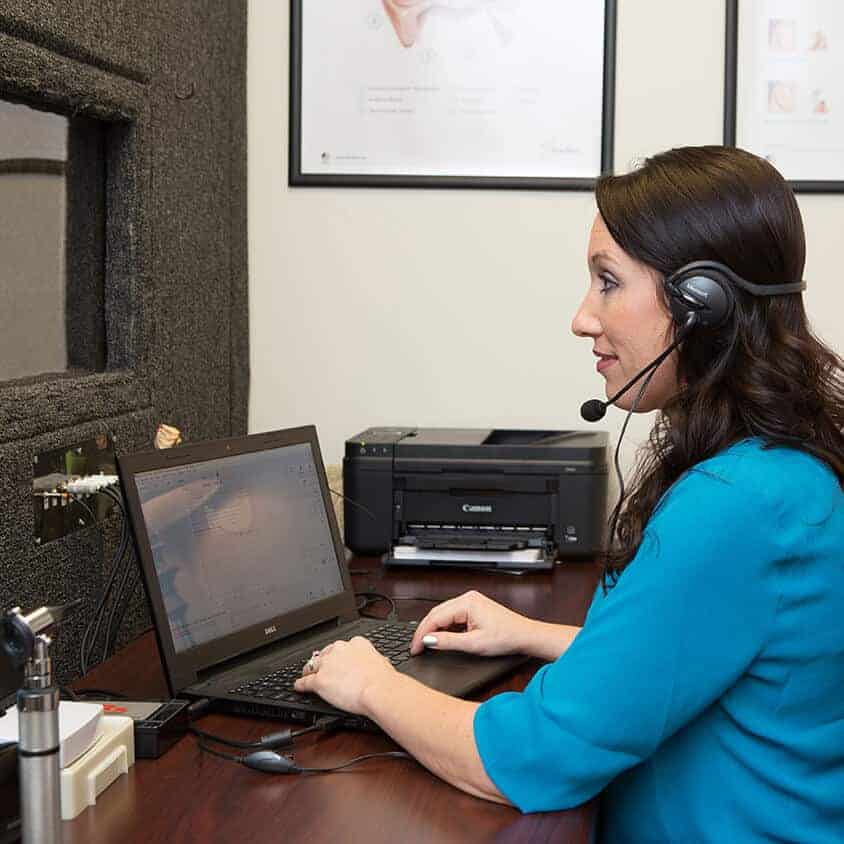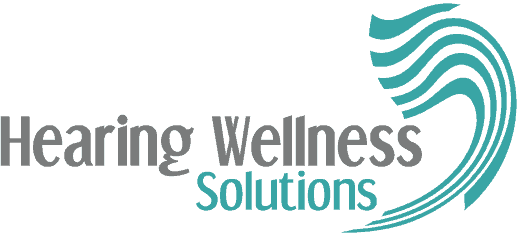What to Expect at a Hearing Test
When you come visit us at Hearing Wellness Solutions, your hearing will be evaluated by a certified hearing instrument specialist. Our hearing tests are an important part of maintaining your hearing health, as well as your overall health and well-being. This simple and painless procedure should not take more than two hours.
If this is your first time taking a hearing exam, don’t be nervous! Unlike other tests, there is very little in terms of preparation. We do ask that before you come in, you compile your medical and family history, to help us along in the consultation.
What to Expect
If this is your first time with a hearing test, the entire process should not take more than two hours. Hearing tests are simple, painless, and noninvasive.
The goal of a hearing exam is to identify your hearing abilities and to learn if a hearing loss is present. Chances are, you’ve decided to take a hearing loss test because you’ve begun to notice changes in your hearing. Even if you haven’t experienced changes in your hearing, it is recommended that you take an annual hearing exam. An annual hearing exam helps us monitor your hearing, so that if any irregularities come up, we’ll be able to tackle the problem immediately.
At Hearing Wellness Solutions, our hearing exam consists of four main elements.

1. Consultation with Hearing Instrument Specialist
When you first arrive, you’ll meet with our hearing instrument specialist for a consultation. During this conversation, you will be asked to provide your medical history as well as your family medical history (to determine any hereditary conditions).
We’ll ask about your daily activities, profession, hobbies, and whether you’ve been recently exposed to any loud sounds, or any injuries or medical conditions which may lead to hearing loss. You’ll be asked to provide information on any medication you’ve taken recently.
We’ll also ask about the different situations throughout your day in which you have difficulty hearing. All of this information will help us evaluate your hearing and if a hearing loss is detected, to provide the best course of treatment.
2. Physical Exam (Looking at Your Ears)
After the consultation, your hearing instrument specialist will examine your ears. We use an instrument called an otoscope, which is used for looking deep inside your ear.
While we examine your ears, we’re looking for any irregularities or injuries in your ear canal or eardrum. Don’t worry – the physical examination is painless. Your hearing instrument specialist will also look for earwax blockage and will check to see if your eardrums are perforated or injured. In some cases, hearing loss may be caused by earwax blockage in your canal or damage to your eardrums.
3. Comprehensive Hearing Tests
Following the examination, your hearing instrument specialist will give you a series of hearing exams. These tests are used to evaluate your hearing abilities.
In the pure tone test, your hearing instrument specialist will play a series of tones in various volumes and frequencies. You will be asked to respond if and when you can hear these sounds.
The speech recognition portion of the hearing test examines how well you hear and understand ordinary conversation at different volumes. Your hearing instrument specialist will speak a series of words at different volumes and while standing at different distances from you, and you will be asked to repeat them.
4. Reviewing the Audiogram
The results from your tests are recorded on an audiogram, a visual representation of your hearing abilities mapped by ear. The audiogram indicates to us whether a hearing loss is present, and if so, the degree and configuration of it. We’ll review your audiogram with you, and explain any irregularities we find. If a hearing loss is present, we’ll discuss next steps with you.
